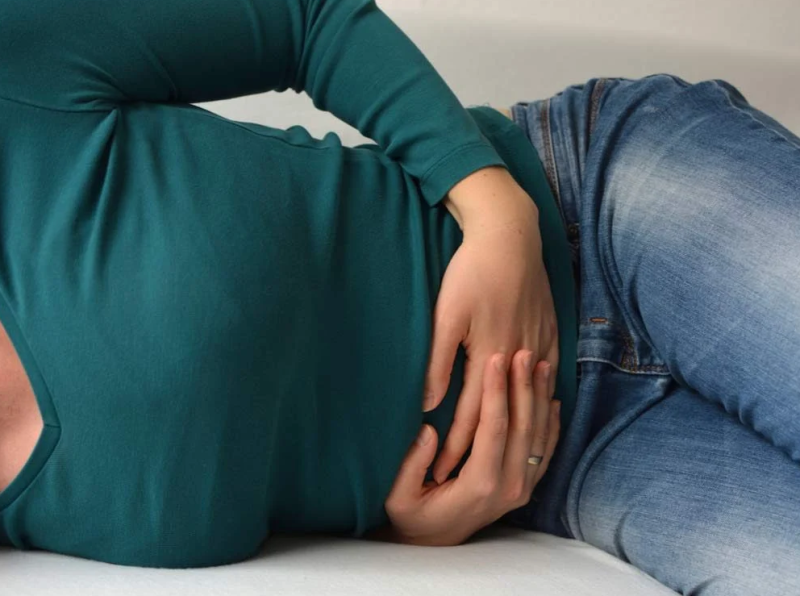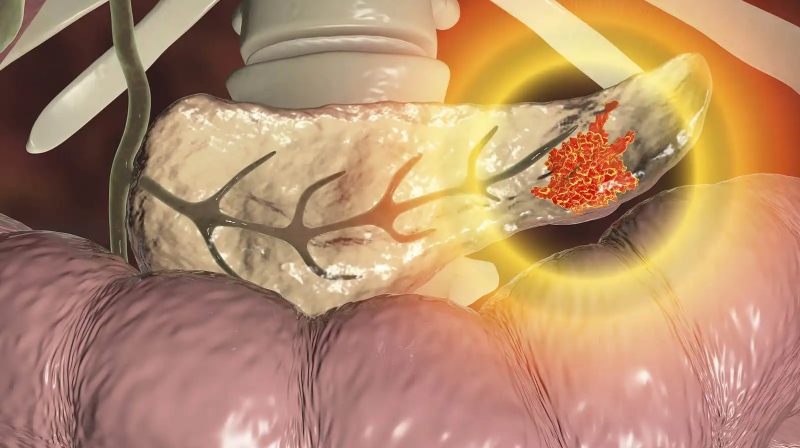
Yellow stools in adults often cause great concern. There are multiple causes, and, in general, it coincides with alterations in transit or intestinal absorption.
Although fat constitutes a part of the composition of human fecal matter, it should not be in the amount capable of staining it yellow. The abundant fat in the feces gives them a bad smell, buoyancy, and foam, in addition to their characteristic color.
The causes vary from those associated with food, or stress episodes, to pathologies that affect the intestine’s functioning, such as celiac disease. Also, liver diseases are capable of causing this symptom.
Contents
Causes of yellow stools
We will see the most frequent causes for which a person has yellow stools. Remember that it is better to consult a professional to find the origin of the alteration if it does not disappear quickly.
1. Excessive consumption of fats
According to studies, the excretion of fat in the feces is less than 6 grams per day and remains constant even with an intake of 100 to 125 grams of fat per day.
A diet with a high fat intake, greater than 125 grams, could cause yellow stools since the high concentration of lipids prevents proper digestion. In addition, this type of diet alters the absorption of nutrients and accelerates intestinal transit.
Fat drops accumulated in the feces can be evidenced when being evaluated microscopically. The more liquid consistency is due to the speed at which they pass through the intestinal loops. This condition is known as steatorrhea.
2. Stress
According to studies, stress acts directly on intestinal mast cells, causing inflammation of the intestine and activation of the immune system. This fact promotes an inflammatory state at the level of the intestinal mucosa.
Initially, there may be a decrease in the consistency of the stool. Over time the absorption of fats is prevented, and the chair may turn yellow.

3. Use of medications
Some drugs can cause yellow stools because they decrease the absorption of fat at the intestinal level. One of them is orlistat, indicated for the treatment of obesity.
Similarly, some anti-diarrheal medications, such as bismuth subsalicylate, can make bowel movements clear or grayish.
4. Celiac disease
Celiac disease is the product of severe intolerance to gluten that causes inflammation and intestinal malabsorption. This happens when you eat foods that have this protein.
These foods include wheat, rye, and barley. Intestinal malabsorption resulting from inflammation prevents the absorption of nutrients and favors the appearance of diarrhea.
Research states that in celiac disease, stools can be watery or semi-formed, light tan in color, similar to putty, or oily and bubbly, with a characteristic rancid, unpleasant odor.
5. Irritable bowel syndrome (IBS)
In irritable bowel syndrome, diarrhea with yellow stools is due to alternating episodes of constipation with diarrhea due to accelerated intestinal transit and increased inflammatory activity. It is a chronic condition related to episodes of stress, and its symptoms include abdominal pain, bloating, and gas.
6. Intestinal infections
Intestinal infections can be bacterial, viral, or parasitic. In these cases, the yellow stools result from inflammation in the intestinal walls preventing fat absorption. However, this phenomenon is significantly associated with Escherichia coli and Giardia lamblia.
Escherichia coli enteritis
It is a relatively common enteritis that causes minor intestine inflammation by Escherichia coli bacteria. It naturally inhabits the walls of the human intestines. However, some strains can cause food poisoning.
One form of presentation is the product of consuming contaminated food that was improperly washed and cooked. It usually presents as traveler’s diarrhea.
Its symptoms are as follows:
- diarrhea with yellow stools, sometimes with mucus and blood
- abdominal distension
- loss of appetite
- diffuse abdominal pain
- copious gas
- fever
giardiasis
Giardiasis is inflammation of the small intestine caused by the invasion of Giardia lamblia. Like Escherichia coli enteritis, it is caused by consuming food or water contaminated with the parasite.
It manifests with yellow stools, explosive and very watery diarrhea, malodorous intestinal colic, nausea, loss of appetite, and weight.
7. Alterations in the liver or gallbladder
Liver diseases, such as hepatitis or cirrhosis, decrease the amount of bile that enters the intestine. It also happens with stones in the gallbladder or with cholecystitis.
Bile is a substance produced in the gallbladder and released in the intestine to facilitate the digestion of fats by emulsifying them, according to studies. It is the key to the characteristic color of normal feces.
The reduction of bile in the intestine promotes a deficit in the digestion of fats, causing yellow, whitish, or pale-colored stools. Other symptoms are abdominal pain, bloating, yellowing of the skin, and dark urine.
8. Problems in the pancreas
Here we will include the following tables:
- chronic pancreatitis
- cystic fibrosis
- pancreatic cancer
- pancreatic duct blockage
The pancreas is responsible for synthesizing pancreatic juice that includes enzymes, such as pancreatic lipase, which are released in the small intestine and participate in the digestion of food. That is why the absence of pancreatic juice can cause yellow stools.
Other symptoms of pancreatic dysfunction are a pain in the mid-abdomen that extends in a band to the back, weight loss, and altered sugar metabolism. In addition, it is possible to show changes in skin coloration and mucous membranes.
According to research, steatorrhea is the second most common manifestation after pain in chronic pancreatitis. It is characterized by diarrheal, shiny, pasty, and very bulky stools.

Yellow stools in children
In children, yellow, brown, and green tones are typical and shared in the stool. Despite what many people believe, this does not represent any warning sign.
In newborn babies, mustard yellow semi-solid stools in the first days of life are frequent. In general, they appear after the expulsion of the green meconium, corresponding to the first bowel movement of the neonate, according to studies.
Research suggests that ingestion of hypoallergenic formula may turn stools greenish-yellow. These are usually a little more liquid than those mentioned above. Once the child starts eating new foods, the bowel movements will change in consistency and color.
When should you see a doctor for yellow stools?
Yellow stools are far from the standard characteristic color of fecal matter. Therefore, they denote an alteration in intestinal physiology.
The idea is always to go to a medical consultation if they do not improve after two days. When there are associated signs, such as fever, cramping, weight loss, bloating, or mucus and blood in the stool, immediate attention is required.
Food is key
To avoid yellow stools, reducing the intake of fats and processed foods is preferable. Also, drink plenty of water and eat easily digestible products like fruits, cooked white rice, fish, and white meats.
It should be noted that carrots, sweet potatoes, and turmeric also cause yellow stools.